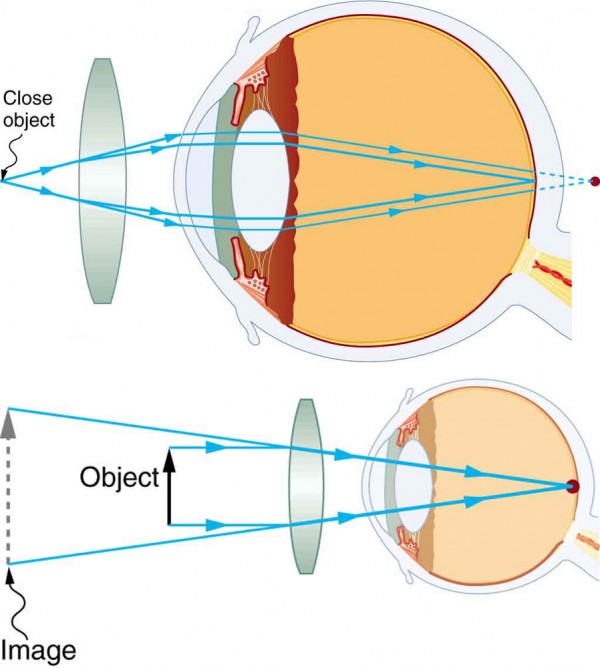
Myopia is a condition where the near and far vision are not as great as the vision at mid-to-long range. It's also known as nearsightedness, farsightedness or simply farsightedness.
Myopia develops due to the lack of a constant focal point in front of the retina, usually near to the middle of the cornea
This causes the image to converge slightly towards the center, instead of being evenly distributed on both sides of the retina. The eye doctor may prescribe eyeglasses if the patient is having problems focusing near or far.
Myopic patients have an optical defect that is directly responsible for their eyes not properly focusing on objects near and far. There are two types of myopia – progressive and degenerative. Progressive myopia has no cure. It is caused by a gradual loss of sharpness as the eye develops. If left untreated, progressive myopia could even lead to vision loss.
Progressive myopia is not the only type. It is a form of myopia, which is caused by a change in the iris shape as the eye grows older. As the iris starts to shift to the left or right, the central vision gradually becomes blurred. This is called progressive astigmatism.
Myopia can be caused by a mixture of reasons – age, poor eye health, eye injury and genetics. Most modes do not need corrective eyewear and can function normally with glasses, binoculars or a special pair of contacts.
Some studies have shown that the risk of developing progressive myopia increases with increasing age. There is no clear reason for this, but it could be an indicator that the eye doctor is treating the symptoms of aging. In addition, if a myopic patient has some presbyopia, there's a risk that the eyes will grow increasingly weak as they age. If they are treated with presbyopia treatments like contact lenses and bifocal spectacles, they could develop progressive myopia.
A large number of myopic patients don't wear glasses and may opt for glasses, contacts or even contact lenses and bifocal spectacles. These types of myopes are usually referred to as 'contra-myopes' because their vision is worse than the natural one. This is an alternative treatment for those types who want to use corrective eyewear without wearing glasses.
Myopic patients may have problems with distance vision due to their eyes being too close to objects. This problem is known as amblyopia. Amblyopia occurs when the eye drifts away from the object it is focused on, and if this continues for a long time, the eye can become nearsighted. When eye muscles are tight, eye movement might be limited, and people might be tempted to close their eyes more to look at distant things.
LASIK eye surgery is another option for myopic patients. With LASIK eye surgery, surgeons reshape the cornea and reshape the eye muscle. After the surgery, the eye will be made to be less sensitive to light and thus reduce eye fatigue caused by distance vision problems.
There are several types of lenses available for myopia. In general, bifocals are used for myopic patients who are very nearsighted and trifocals are used for those who are farsighted. but these two styles are not good options for everyone. Some research shows that the best lenses for myopia are progressive lenses.
Many myopic patients have a hard time wearing contact lenses, because the lenses often cause vision blur. and the visual field is reduced. For them, a bifocal pair of glasses is better than a pair of progressive lenses. But, if the myopic person is young and healthy, contact lenses may be a good option. However, most types can wear lenses without glasses if they are prescribed with lenses for presbyopia, but many opt for eyeglasses.
There are other ways to correct myopia, such as with laser surgery, eye drops or eye correction. This option can be effective but can be expensive and complicated. It is better to consult with a qualified eye doctor.